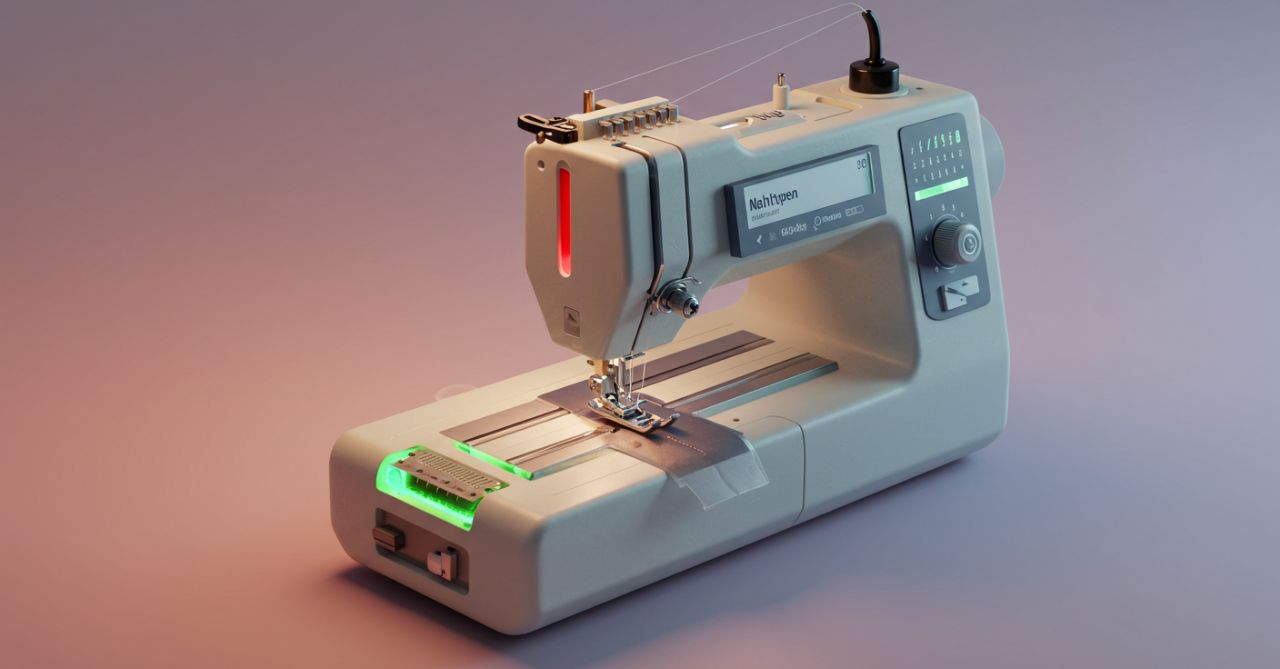In the world of sewing and textiles, understanding different Nahttypen (stitch types) is essential for both beginners and experienced professionals. Whether you are working with fashion design, industrial tailoring, or home crafting, the knowledge of various stitch types can enhance the durability, aesthetics, and functionality of your final product. In this article, we will explore the concept of Nahttypen, their classifications, common uses, and best practices for implementation.
What Are Nahttypen?
The term Nahttypen is German for “types of seams” or “stitch types.” These are the various methods used to join two or more pieces of fabric together. Each type has a distinct function and structural role depending on the design and fabric used. Choosing the correct Nahttyp ensures the strength, elasticity, and appearance of a garment or textile item.
Basic Categories of Nahttypen
Stitches can be broadly categorized into several types, each serving a specific purpose. Understanding these categories helps in choosing the most effective stitch for your project.
Plain Seams (Geradstich-Naht)
One of the most commonly used Nahttypen, the plain seam involves placing two pieces of fabric right sides together and stitching along the edge. It’s used in most basic clothing items.
Applications:
-
T-shirts
-
Dresses
-
Trousers
Advantages:
-
Easy to sew
-
Versatile
-
Suitable for most woven fabrics
Zickzacknaht (Zigzag Stitch)
This stitch is ideal for stretch fabrics or to prevent edges from fraying. The Zickzacknaht is flexible and can follow curves or contours in the fabric.
Applications:
-
Knitwear
-
Underwear
-
Decorative finishes
Advantages:
-
Flexible and stretchable
-
Protects fabric edges
-
Easy on home sewing machines
Overlock Stitch (Overlock-Naht)
An advanced stitch typically made using an overlock machine. It trims the fabric edge while simultaneously sewing and overcasting it. This Nahttyp is widely used in commercial production.
Applications:
-
Activewear
-
Lingerie
-
Seam finishing
Advantages:
-
Professional finish
-
Prevents fraying
-
Strong and durable
Functional Nahttypen
Some stitches are chosen primarily for their functional properties rather than aesthetics.
Doppelte Steppnaht (Double Topstitch)
A double topstitch seam provides extra reinforcement and is often used where strength is a priority, such as in jeans or workwear.
Applications:
-
Jeans
-
Outerwear
-
Bags
Advantages:
-
Durable
-
Adds style and structure
-
Reinforces stress points
Flachnaht (Flatlock Seam)
The Flachnaht lies flat on both sides of the fabric and is often used in sportswear for comfort and minimal bulk.
Applications:
-
Sportswear
-
Yoga pants
-
Thermal wear
Advantages:
-
Comfortable on skin
-
Flat and stretchy
-
Clean finish
Decorative Nahttypen
Stitches can also be used for decoration, adding flair to garments and accessories.
Ziernaht (Decorative Stitch)
This Nahttyp includes embroidery-style stitches used for embellishing fabric. Ziernähte may include floral, geometric, or abstract patterns.
Applications:
-
Children’s clothing
-
Traditional garments
-
Accessories
Advantages:
-
Enhances aesthetics
-
Customizable
-
Personal touch
Paspelnaht (Piped Seam)
This seam includes a piping insert that adds a three-dimensional line between fabric pieces, often used in upholstery and high-fashion garments.
Applications:
-
Cushions
-
Jackets
-
Dresses
Advantages:
-
Visually striking
-
Strengthens seam line
-
Offers contrast
Specialized Nahttypen
These are used in niche areas of garment construction and technical fabrics.
Kappnaht (Felled Seam)
Common in denim construction, the Kappnaht is highly durable and creates a clean finish on both sides. It involves folding and stitching both seam allowances for added strength.
Applications:
-
Jeans
-
Uniforms
-
Heavy-duty workwear
Advantages:
-
Extremely strong
-
Neat appearance
-
No raw edges
Französische Naht (French Seam)
A refined seam ideal for delicate or transparent fabrics. It encases raw edges within two stitches, leaving no visible seam allowances.
Applications:
-
Lingerie
-
Blouses
-
Sheer fabrics
Advantages:
-
Elegant finish
-
No fraying
-
Suitable for fine fabrics
Tips for Choosing the Right Nahttyp
Selecting the right stitch type can make a big difference in your project’s outcome. Here are some helpful tips:
-
Know Your Fabric:
-
Use flexible stitches for stretch fabrics and reinforced seams for heavier materials.
-
Consider the End Use:
-
Decorative stitches suit casual wear, while functional seams are best for high-stress areas.
-
Machine Capability:
-
Some Nahttypen require specialized equipment like an overlock or coverstitch machine.
-
Practice First:
-
Test stitches on scrap fabric to ensure tension, length, and width are properly set.
Common Mistakes When Using Nahttypen
Avoid these errors to get the best results:
-
Ignoring Fabric Type: Not all stitches suit all materials.
-
Using Wrong Thread: Choose the appropriate thread strength and elasticity.
-
Overlooking Seam Allowances: Ensure you factor seam types into your cutting and design plans.
Conclusion
The world of Nahttypen is vast and varied, offering limitless possibilities for both practical and artistic expression in textile work. Whether you’re crafting a simple garment or engineering a high-performance outfit, understanding stitch types empowers you to make informed choices that enhance quality and durability. As you gain more experience, your selection of Nahttypen will evolve, enabling you to bring your creative visions to life with precision and flair.
